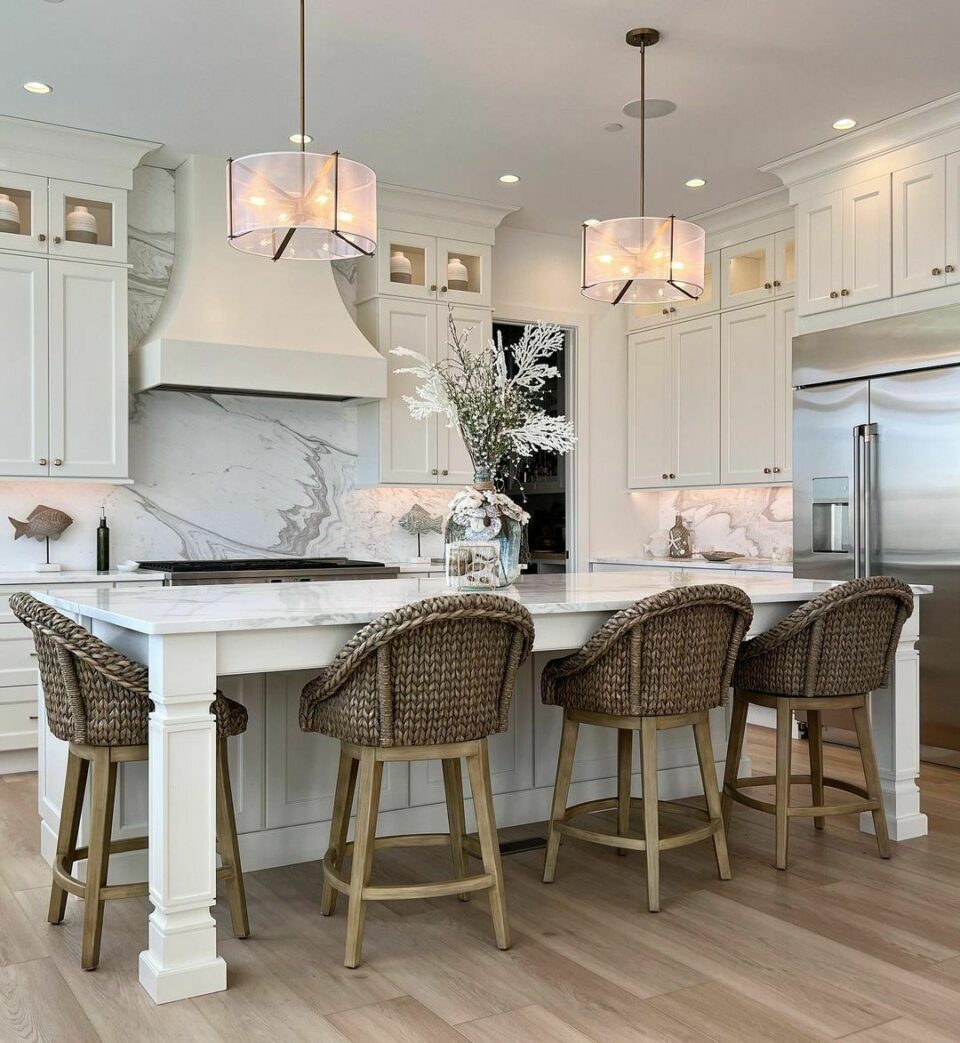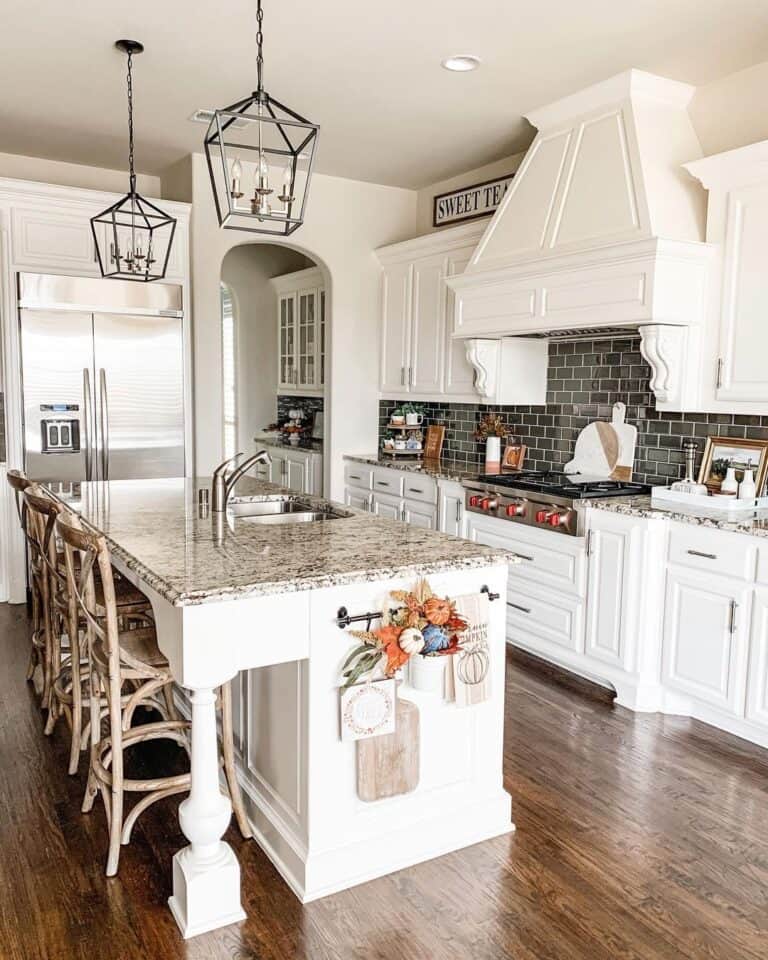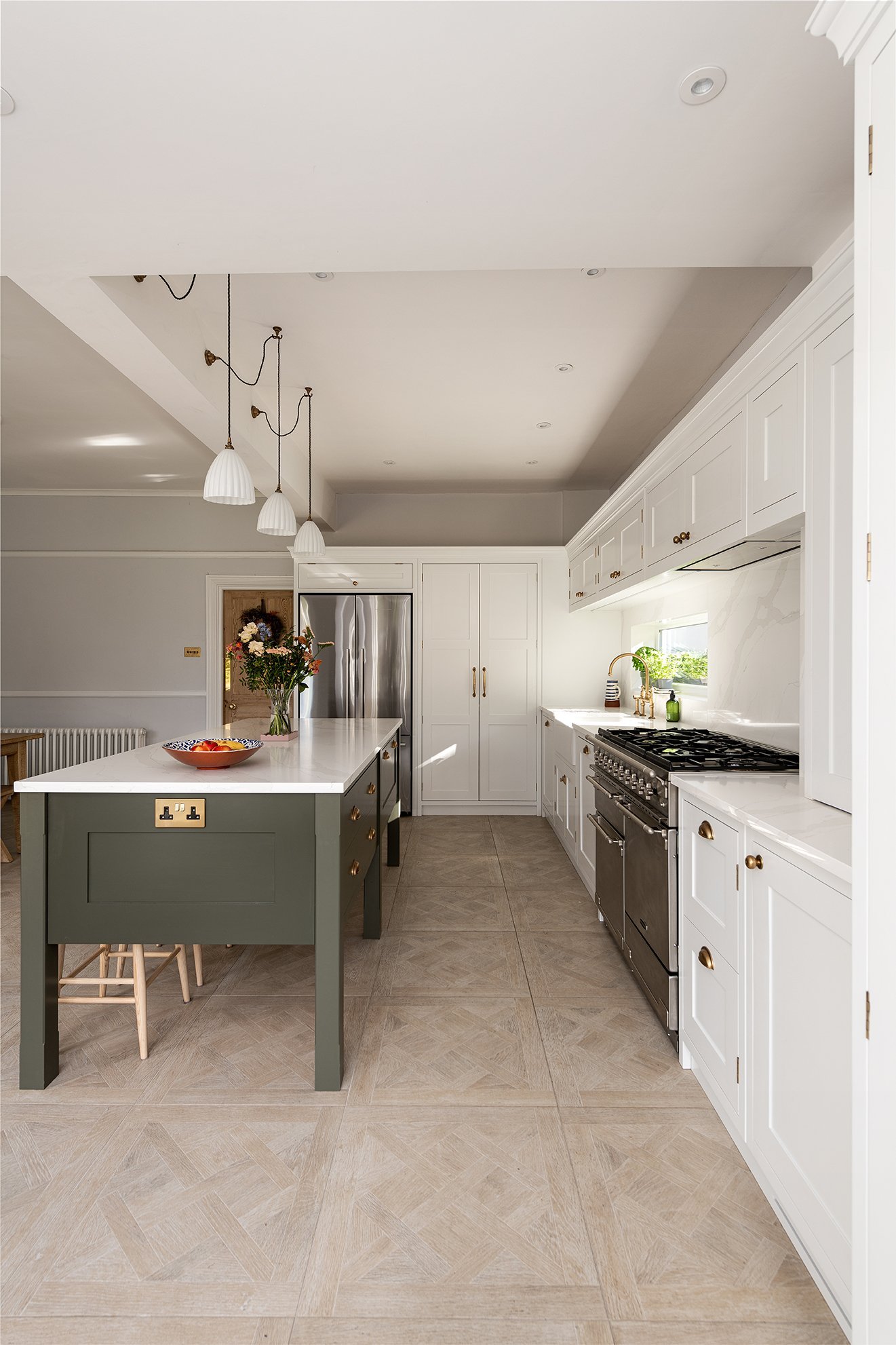An Overview to Selecting the Perfect Cooking Area Island for Your Home
Comprehending your cooking area's spatial characteristics is the first step, ensuring that the island fits effortlessly without disrupting the circulation. The choice of coatings and products also plays a necessary role in harmonizing the island with your cooking area's overall layout.
Evaluating Your Area
Before picking a cooking area island, it is vital to extensively evaluate your area to make certain the addition will be both useful and aesthetically pleasing. Begin by measuring the offered area, including the width, length, and height of the cooking area. Precise dimensions are important to stay clear of purchasing an island that bewilders the room or one that is disproportionately little.
Consider the existing format and just how the island will incorporate with the current website traffic circulation. A well-placed island ought to not block paths or impede accessibility to important devices, such as the fridge, sink, and stove. Leave ample clearance area-- normally around 36 to 48 inches on all sides-- to enable comfortable movement and office performance.
Next, examine the all-natural light and sightlines within your cooking area. An island that obstructs a home window or interferes with aesthetic cohesion can make the area really feel dark and cramped. Consider how the island's positioning will certainly influence lights and exposure, ensuring it boosts instead of interferes with the kitchen area's ambiance.
Determining the Purpose
Identifying the purpose of your kitchen area island is a crucial action in ensuring it meets your specific requirements and preferences. Before delving into style or dimension factors to consider, it is important to clarify what main function the island will certainly serve in your kitchen area. Will it be a central hub for dish prep work, a laid-back dining location, or potentially an added storage solution?
In addition, enough counter area for blending and slicing, along with available storage space for kitchen tools and ingredients, can transform the island into an effective workstation. Conversely, if the island is planned to serve or facilitate social interactions as an eating location, seating plans come to be vital.

Choosing the Right Size
Selecting the appropriate size for your cooking area island is an equilibrium of performance and space optimization. A suitable kitchen area island should provide enough office while ensuring that movement around the kitchen area remains unimpeded. Begin by measuring your kitchen area room; a minimal clearance of 36 to 42 inches around the island is required to permit comfy activity and availability.
The dimensions of the island ought to show its intended usage. If the island will certainly offer mostly as a prep location, a size of 24 to 36 inches could suffice.

Finally, make sure that the island's size enhances the overall cooking area design, staying clear of any frustrating visibility that may interfere with the cooking area's visual and energy - kitchen island legs. Cautious planning and accurate measurements will help you accomplish a harmonious and effective kitchen area environment
Deciding On Materials and Finishes
After figuring out the ideal size for your kitchen island, the following step includes choosing suitable products and coatings. The option of materials dramatically impacts both the aesthetic appeal and functionality of your kitchen area island. Popular materials for counter tops include quartz, butcher, and granite block, each offering distinct advantages. Granite, recognized for its durability and timeless sophistication, is highly resistant to scratches and warm. Quartz, an engineered stone, offers a non-porous surface that stands up to spots and microorganisms. Butcher block, made from wood, includes a cozy, rustic charm and is optimal for cooking.
In enhancement to the kitchen counter, consider the materials for the island base. Solid timber uses a classic, strong appearance, while stainless-steel offers a streamlined, modern look and is simple to clean. Repainted coatings can present a splash of color, with choices ranging from low-key pastels to strong, dynamic kitchen island legs hues.
When choosing coatings, ensure they enhance the overall kitchen area design. Matte finishes supply a contemporary feeling, while shiny coatings can create a sleek, premium look. Focus on the sturdiness of surfaces, particularly in high-traffic locations, to maintain the island's look over time. Selecting the appropriate from this source products and coatings will enhance both the capability and visual allure of your kitchen island.
Incorporating Functional Features
Integrating practical attributes into your cooking area island can significantly boost its utility and ease, transforming it into a versatile centerpiece of your kitchen area. One crucial feature to think about is extra storage. Integrating closets, drawers, and open shelving can offer much-needed area for cooking equipment, tools, and little home appliances, assisting to maintain a clutter-free atmosphere.
Another beneficial enhancement is a built-in sink or cooktop, which can simplify dish prep work and clean-up processes. A sink can facilitate tasks such as cleaning veggies and cleaning dishes, while a cooktop can permit for cooking directly on the island, cultivating an extra interactive and social cooking experience.
Think about integrating seating options, particularly if your cooking area functions as a casual dining location. Bar feceses or built-in benches can change the island into a multifunctional space for dishes, homework, or laid-back celebrations.
Lastly, incorporating electrical outlets right into your kitchen island can enhance its functionality. Outlets supply hassle-free accessibility for check this tiny kitchen area home appliances, billing terminals for electronic tools, and added lights choices.
Final Thought

Before choosing a kitchen area island, it is crucial to extensively assess your room to make certain the enhancement will be both useful and visually pleasing.Choosing the ideal dimension for your cooking area island is a balance of functionality and room optimization. kitchen island legs. An optimal cooking area island should provide ample work area while ensuring that activity around the kitchen area stays unobstructed.Including practical features right into your kitchen area island can substantially improve its energy and comfort, changing it right into a flexible focal point of your cooking area.In conclusion, selecting the ideal cooking area island requires a complete analysis of the offered room, clearness concerning its primary function, and careful factor to consider of the proper size and products